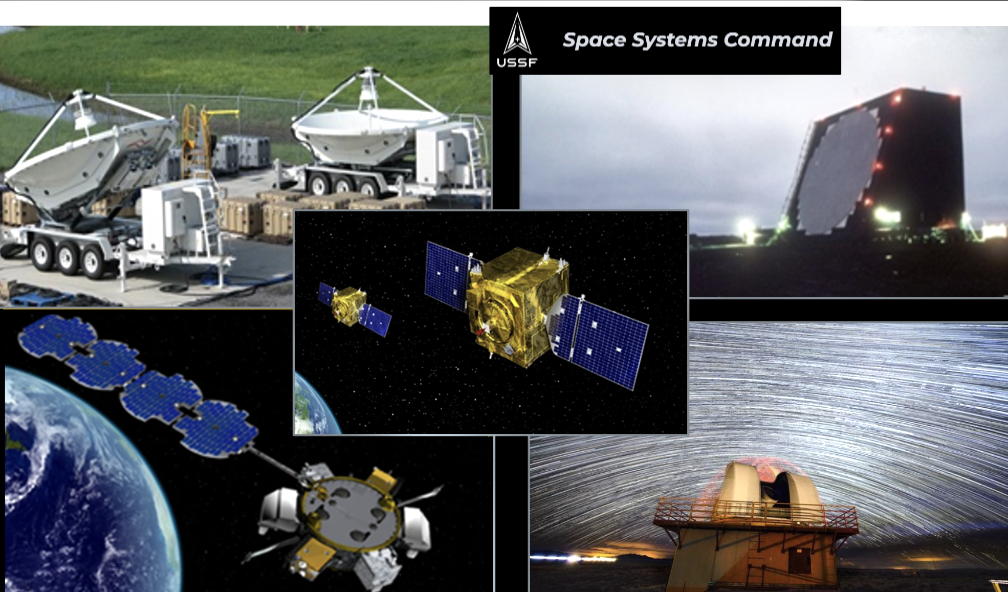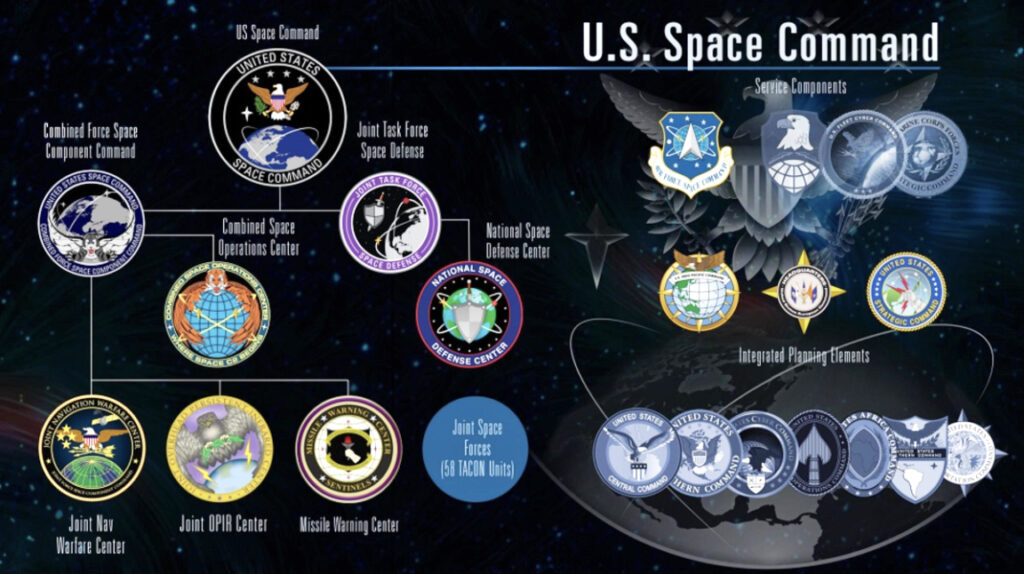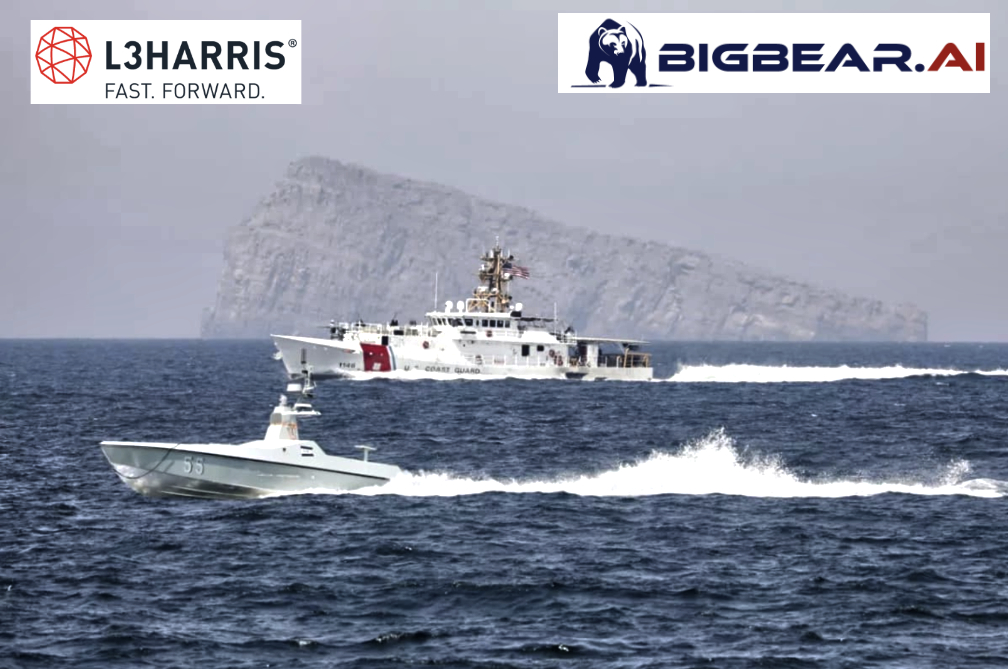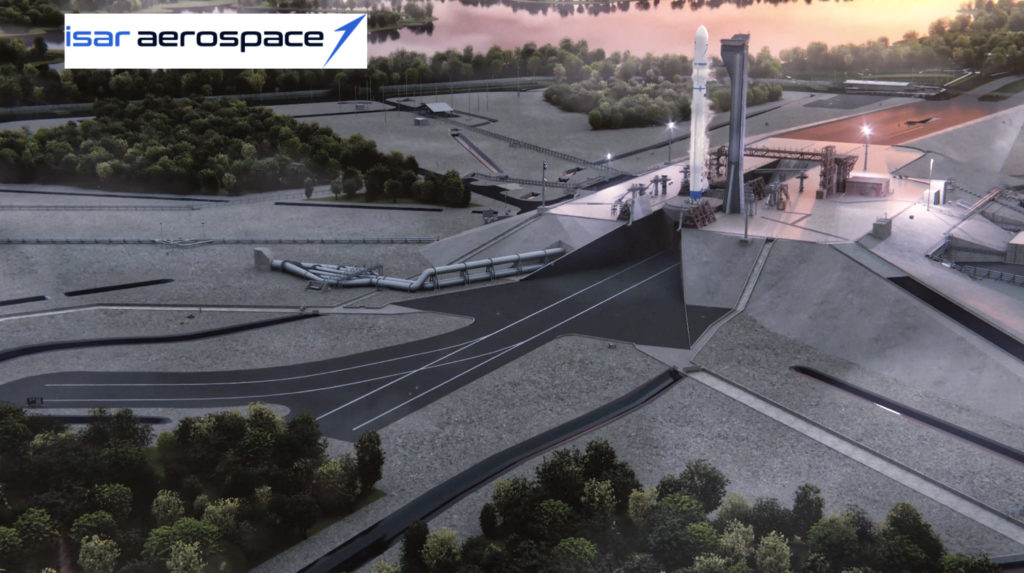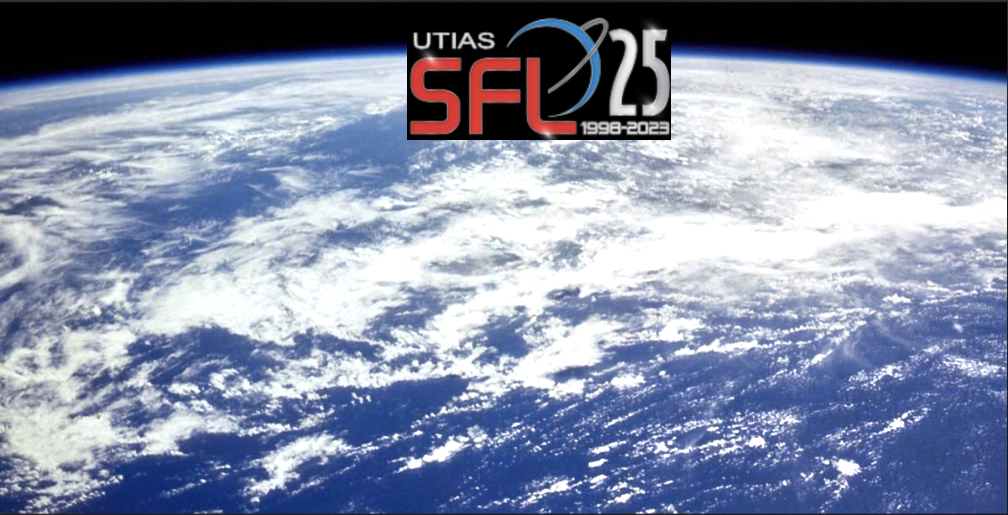
Space Flight Laboratory (SFL) has been contracted by GHGSat to develop two additional greenhouse gas monitoring microsatellites – GHGSat–C12 and C13 — the company will develop the new satellites on thefirnm’s low-cost, high-performance 15 kg NEMO bus, the same bus that was used to build the first nine GHGSat spacecraft.
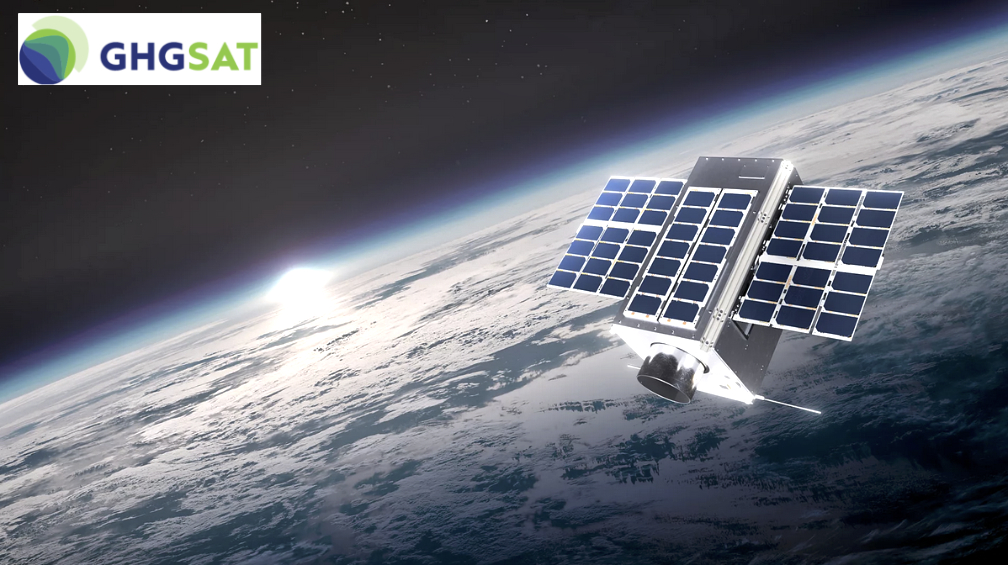
GHGSat is a world leader in detecting and measuring facility-level greenhouse gas emissions from industrial sources on the Earth’s surface from space. Decision-makers across government and industries including oil and gas, power generation, mining, waste management, and agriculture rely on GHGSat emissions data to drive emissions reduction and accelerate the decarbonization of the planet. In 2023 alone, its satellite constellation made more than three million measurements across 85 countries, enabling the mitigation of more than six million metric tons of CO2e of methane emissions, equivalent to removing more than 1.4 million cars from the road for a year.
All nine GHGSat spacecraft developed by SFL are in excellent operational health. SFL developed the GHGSat-D (Claire) demo satellite for its launch in 2016 and was then selected to build the commercial GHGSat-C1 through C8 spacecraft launched since 2020. GHGSat-D has surpassed its design operational life by three years, and the eight commercial microsatellites achieved sustained detection and measurement of methane emissions on the ground at double their design capacities.
Development of GHGSat-C12 and C13 is underway at the SFL facility in Toronto. The two new satellites will be identical in design and technical capabilities to GHGSat-C6, C7, C8 that were launched in 2023.
GHGSat originally selected SFL to develop the breakthrough Claire demonstration mission due in part to SFL’s expertise in implementing advanced attitude control and stability technologies that enable smaller spacecraft to accurately point sensors at targets on the ground. Rare in satellites of that size and price point, this capability was crucial to GHGSat’s mission objectives.

In addition. SFL incorporates robust design margins into every satellite, and these include the onboard power systems, data storage, and downlink capacities. These margins in orbit translate into better operations and longer missions, contributing to the better-than-anticipated collection capacity of the GHGSat smallsats.
“SFL is pleased to build upon our long-standing relationship with GHGSat as it continues to leverage our exceptional microspace technology and develop a world-class commercial greenhouse gas monitoring constellation,” said SFL Director Dr. Robert E. Zee. “We take pride in building cost-effective small satellites that outperform and often exceed operational specifications.”
“As GHGSat continues to rapidly expand its constellation of high-resolution emissions-monitoring satellites, we are proud to once again partner with SFL for an additional two satellites. These spacecraft, which will build on the extensive track record of the previous nine SFL-built GHGSat satellites, mark exciting progress in GHGSat’s mission to measure emissions at every industrial site, worldwide, every day. The insights they generate will enable tangible emissions reductions for GHGSat’s government and industry customers, creating global climate impact,” said GHGSat President Stéphane Germain.
SFL’s 25-year heritage includes 76 operational successes totaling 325 cumulative years in orbit, with an additional 30 satellites under development or awaiting launch. SFL offers a complete suite of nano-, micro- and small satellites – including high-performance, low-cost CubeSats – that satisfy the needs of a broad range of mission types from 3 to 500 kilograms. These missions relate to Earth observation, atmospheric monitoring, ship tracking, communication, radio frequency (RF) geolocation, technology demonstration, space astronomy, solar physics, space plasma, and other scientific research.

